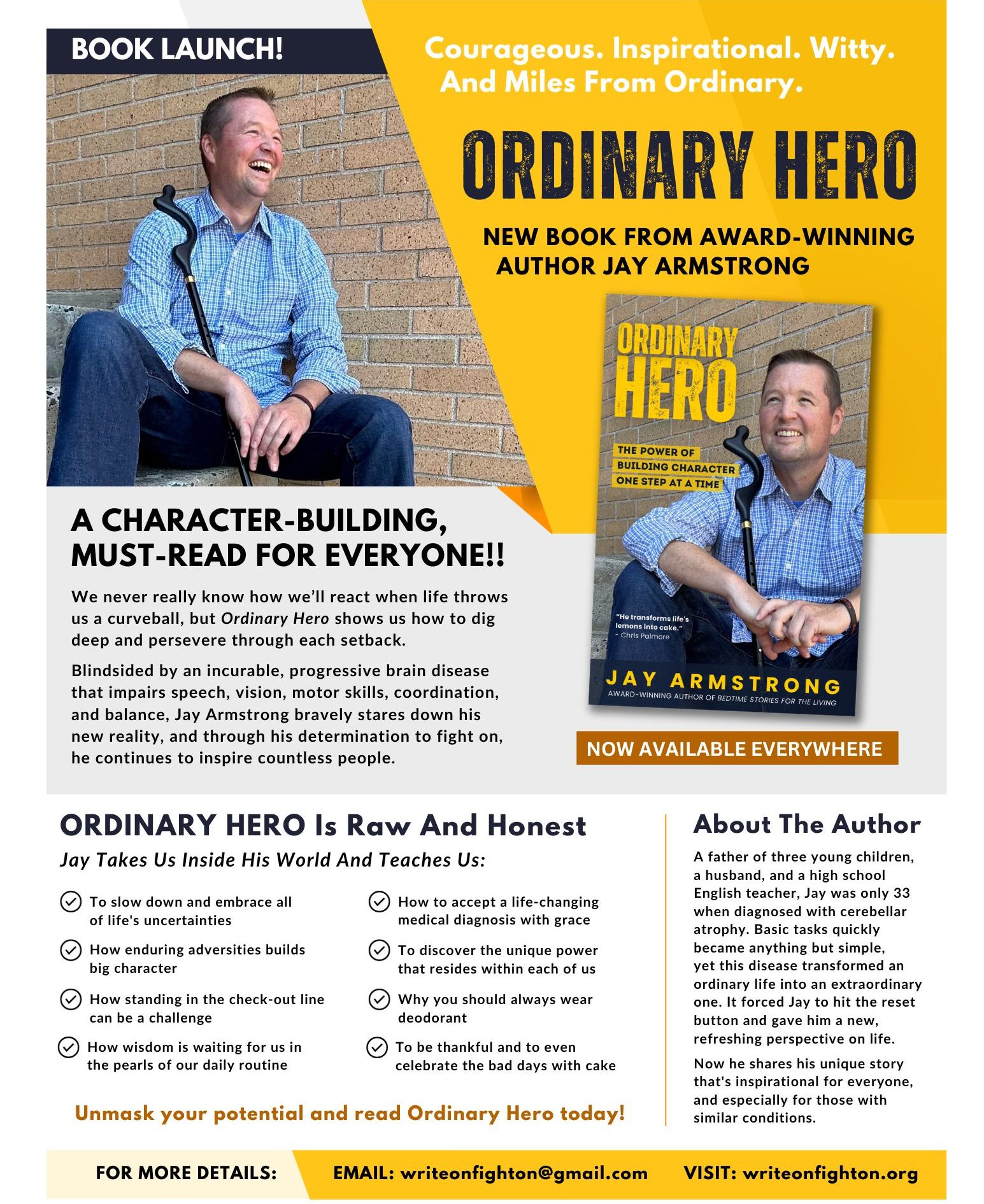This One Simple Tool Will Make You a More Effective Writing Teacher
Teenagers are notorious for their lack of attention and internal busyness– especially in a classroom. They live in a chronic state of unawareness and have a cantankerous yearning to be somewhere else.
“I want to go to sleep.”
“I want to go home.”
“I’m starving, when’s lunch?”
And in these modern times of computers and smartphones, the teenage attention span is quite slim (and seems to be getting slimmer by the day).
As writing teachers, this wandering teenage mind is one of the greatest challenges we face.
So how do we tame the teenage monkey mind? How do we get a classroom of unfocused students focused and prepared to write?
The answer, is a surprisingly simple one. (And yet took me many painful years to figure it out.)
A timer.
In recent years, a timer as become my most important and effective teaching tool to tame the wild teenage mind.
The use of a timer in the classroom creates three things…
- focus
- urgency
- a goal
Experience has shown me that students actually enjoy the demands of the timer. It teaches them that in brief, focused bursts they can overcome procrastination and actually accomplish things.
Lesson Plan
Let’s say you want to have your students write a narrative piece on failure.
Here’s a simple 3 step, 240 second process you can implement to get students started, focused and excited to write…
Step 1 (180 seconds)
- Have students write the heading “Times I failed today…” on a blank page.
- Set a timer for 30 seconds.
- Beneath the heading, tell the students that when the timer begins, to scratch down all of today’s failures (these can be internal and external). Tell them they’re not writing sentences. Just a word or phrase (Alarm clock) that indicates a failure. I call this word or phrase a “working title”.
- Ready, Set…Go!
Prior to and during Step 1 it’s vital to stress that students are not to worry about spelling or grammar. This worry will only slow them down and restrict the process. Encourage students write messy. Tell them that this activity is not for a grade and that their list only has to make sense to them.
I would then repeat Step 1 two more times, each with a new heading, “Times I failed this week…”, then “Times I failed this year… “. I would also expand the time– 60 seconds for the former, 90 seconds for the latter.
Step 2 (30 seconds)
Have students evaluate all three lists. Have them mark three moments of failure that they still think about. That if they had the power, would turn back time and do over. 30 seconds. Go!
Step 3 (30 seconds)
Finally, evaluate the marked three failures. Which one still keeps you up at night? Which one has changed you the most? Mark that one. 30 seconds. Go!
This one failure will be the focus for the narrative writing assignment on failure.
Collectively, the three steps are 240 seconds of focused brainstorming that, when completed provide each student with a powerful, personal moment that harbors all the intimate ingredients needed for a good writing piece.
Furthermore, after just 240 seconds, the page should be littered with ideas. For students, this littering is rewarding. Students can be messy, not be judged (which is a natural confidence booster) and in a brief time realize that they’re lives are worthy of writing about.
Note: As the classroom teacher, you’re the expert on your students. You’re encouraged to modify this strategy to meet the age and level of your students.
Takeaways
- A timer is essential for a writing classroom since it helps create focus, urgency and a goal.
- Brainstorming should be structured.
- Eliminates the “I have nothing to write about” problem.
- Students can accomplish much more in quick focused bursts, then a long meandering brainstorming session.
- Students enjoy a focused brainstorm activity.
- This activity allows students to fill the page with meaningful experiences that can serve as great writing subjects.
- This “messy” activity provides apprehensive writers with confidence.
Teaching is tough business. Sign up. Get help.





